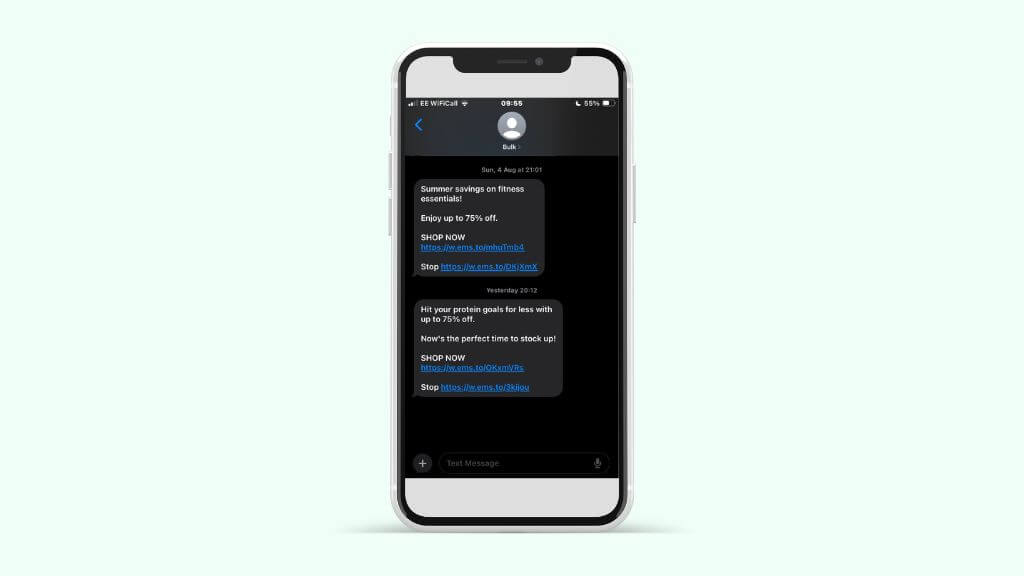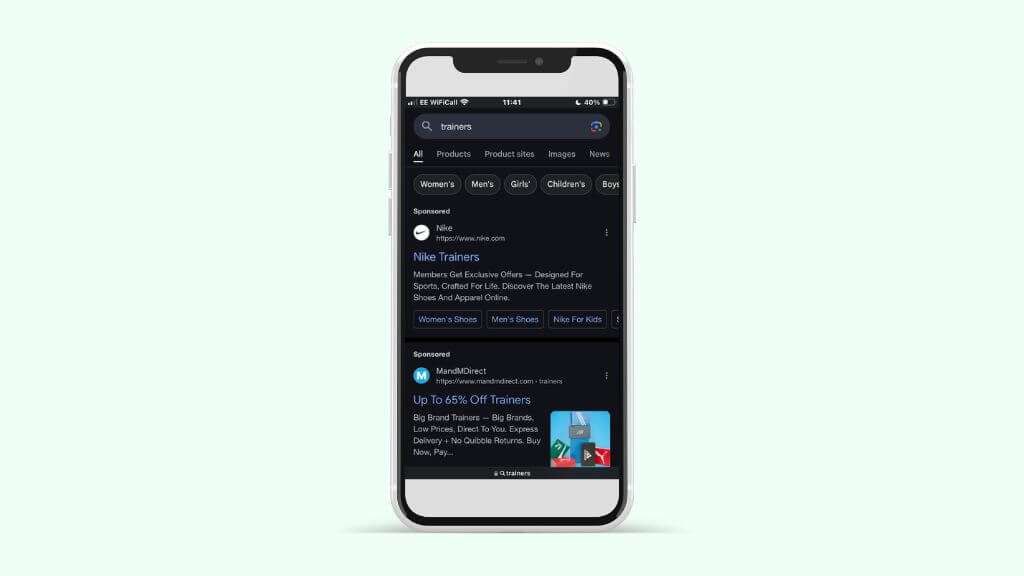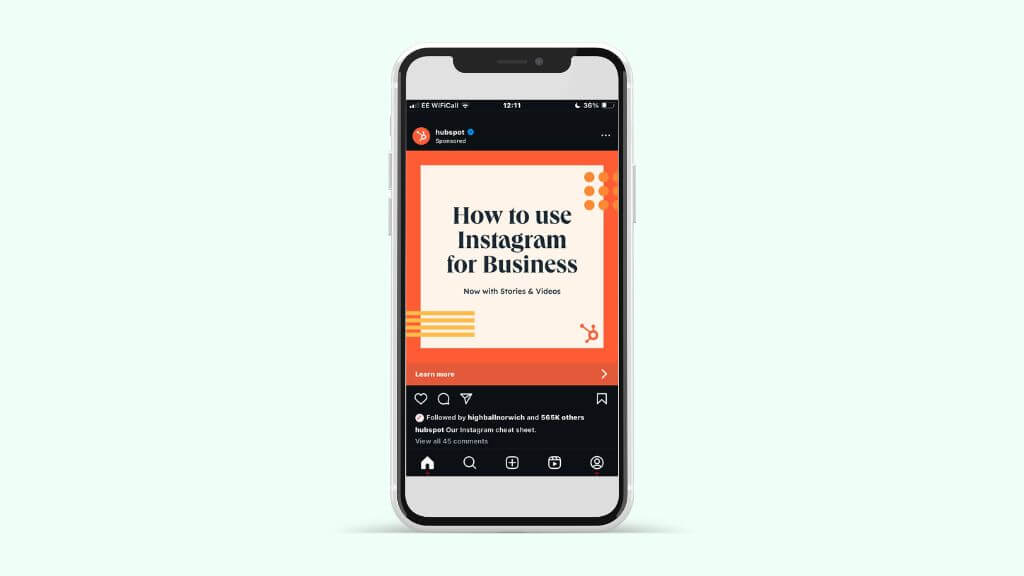Curious about the power of mobile marketing?
Want to tap into the 4.8 billion smartphone users worldwide?
Well, you’ve landed in the right place.
Whether you’re a rookie or a pro, this guide will equip you with cutting-edge tactics to turn those personal devices into your digital marketing playground.
Let’s begin.
What is Mobile Marketing?
Mobile marketing is your brand in your customer’s pocket.
It’s not just shrinking websites — it’s crafting experiences that stop thumbs and start hearts racing.
It captures attention, drives engagement, and sparks action on devices that rarely leave our side.
So Why is Mobile Marketing Important?

Mobile marketing offers a wide range of benefits that can enhance your marketing message…
Billions of users? Check.
Instant connection? You bet.
Higher engagement and ROI? Yep.
Let’s break it down:
You can reach a larger audience. With billions of users worldwide, mobile devices have become an extension of ourselves.
This offers a diverse pool of potential customers — from tech-savvy Gen Z to smartphone-adopting seniors.
Direct and immediate communication. Mobile marketing puts your message in your audience’s hands — literally.
SMS, push notifications, in-app messages? They’re your direct line to instant connection.
Imagine alerting thousands of customers about a flash sale simultaneously.
Higher engagement rates. Mobile users are primed for action. They’re already holding their devices, ready to tap, swipe, or click.
The result?
Engagement rates that’ll make your desktop campaigns jealous.
It’s more cost-effective. Mobile marketing offers precise targeting options that traditional marketing channels can’t match. You can start with a small budget, test different approaches, and scale.
Businesses of all sizes can compete effectively, maximizing their marketing ROI.
It can be highly personalized. Mobile devices are inherently personal, offering rich data that enables tailored marketing.
Use this data to craft messages so relevant, users will think you’re reading their minds.
What are the Different Types of Mobile Marketing?
Mobile marketing isn’t a one-size-fits-all approach. It’s an arsenal of strategies, each designed to engage smartphone users in unique ways.
Let’s dive into five essential types to boost your brand’s mobile presence…
1. SMS Marketing
Like email marketing, SMS marketing allows you to send targeted messages to customers who’ve opted in to receive communications from your brand.
These messages can include promotions, updates, or time-sensitive information.
It’s a straightforward yet potent tool in your mobile marketing arsenal.
For example, Bulk uses SMS marketing automation to send exclusive deals to subscribers:

But how can you take advantage of this mobile marketing strategy?
Well, first, keep messages personalized and concise. No more than 160 characters, please.
Next, ensure you have a clear call-to-action (CTA). For instance, Bulk uses “SHOP NOW” with a clear link.
Finally, don’t bombard your recipient and scare them off.
For most businesses, 2-4 SMS messages per month is a good starting point. Monitor engagement rates and adjust accordingly.
And always provide an easy opt-out option to maintain trust and comply with regulations. Notice the “Stop” in the above example?
2. Mobile App Marketing
Mobile app marketing focuses on promoting and engaging users through branded mobile apps.
It’s about getting your app discovered, downloaded, and regularly used.
Burger King took an innovative approach in their “Burn That Ad” marketing campaign:
They launched an augmented reality feature in their app that allowed users to “burn” competitors’ ads using their smartphone cameras for a chance at a free burger. 4
So, how can you make your app stand out from the crowd?
Well, you don’t have to go all out like Burger King.
Start by nailing your app store presence. Think catchy icons, screenshots that pop, and descriptions that hook.
Then, focus on user onboarding. Make it smooth and valuable.
You could offer a quick ‘app tour’ showcasing your top features or provide immediate value, like a welcome discount.
But remember, the work doesn’t stop at the download.
Keep users engaged with regular updates and fresh content.
And always, always listen to your customers. Their feedback is gold for continuous improvement and feature development.
3. Mobile Search Ads
Mobile search ads are the paid ads that pop up when smartphone users search on their mobile devices.
They’re a direct line to potential customers actively looking for what you’re selling.
Take Nike, for example:

When I search Google for “trainers” on my mobile phone, their sponsored ad appears right at the top with multiple extensions:
- “Women’s Shoes”
- “Men’s Shoes”
- “Nike For Kids”
Choosing “Men’s Shoes” you’re then presented with two mobile banner ads — top and bottom:

The “FREE DELIVERY & RETURNS” ad (top) rotates through offers, while the app download and open (bottom) is sticky.
Both have clear calls to action, encouraging you to sign up for their services, so they can pitch personalized offers.
Perfect! Here’s how to make mobile advertising work for you…
First, think mobile-first. Craft concise, punchy ad copy that gets straight to the point.
Next, use mobile-specific extensions, like Nike above. Or you could add a ‘Call now’ button for a restaurant ad or a ‘Get directions’ link for a retail store.
And don’t forget about your landing pages.
They should load fast, be easy to use on a small screen, and encourage signing up for your services.
4. Mobile Social Media Marketing
Mobile social media marketing is all about engaging users on platforms they’re already glued to — Instagram, TikTok, Facebook, you name it.
But it’s not simply posting… it’s the art of creating mobile-optimized content that stops thumbs in their tracks.
We’re talking live streams, interactive stories, and personalized social media ads that are hard to ignore.
For example, take a look at Hubspot’s use of Instagram ads:

They are specifically targeting marketers who have shown an interest in business and marketing on the social media platform.
Here’s the playbook…
Start by finding where your audience hangs out. Are they drawn to TikTok’s snappy videos or perhaps they prefer the professional atmosphere of LinkedIn
Next, understand each platform’s unique flavor. What works on LinkedIn won’t fly on Instagram or even X.
Then, adopt mobile-first content creation by designing for vertical orientation, crafting content that can be consumed quickly, and incorporating interactive elements.
However, don’t just post and ghost.
Engage with your audience — respond to comments, host live Q&As and run polls in stories.
Mobile social media moves fast, so be ready to pivot on a dime.
5. Location-Based Marketing

Location-based marketing uses GPS, Wi-Fi, or Bluetooth to target users based on their physical location.
Imagine your mobile phone buzzing with a killer coffee deal just as you stroll past your favorite café. That’s location-based marketing in action.
It’s about delivering the right message, at the right place, at the right time.
Sephora’s been crushing the location game with their app. When you’re near a store, it pings you with personalized offers.
It might remind you about items in your online wishlist that are in stock at that location.
So, how do you tap into this mobile marketing strategy?
First, nail down your geofencing strategy. Define areas where your message will have the most impact.
Then, craft messages that feel helpful, not intrusive. For instance, if you’re a coffee shop:
“Hey, coffee lover! Fancy a brew? Flash this message for a free croissant with your first order!”
Remember, timing is everything. A lunch special alert at 11 AM will hit differently than one at 3 PM.
And please, respect privacy.
Make it easy for users to opt in and out of location tracking. Trust is crucial in this game.
Mobile Marketing Best Practices
Now you have a broad understanding of mobile marketing, let’s examine the best practices that will help you nail your strategy…
Mobile-Friendly Website Design

Your mobile website is often the first impression users get of your brand.
Make it count.
How?
Well, it all starts with responsive design.
Now, this isn’t a buzzword to ignore. Responsive design ensures your site looks great and functions smoothly on any device — from the latest iPhone to a budget Android tablet.
You see, Google prioritizes mobile-friendly sites in search results, which boosts your SEO and helps users find you easily.
Let’s break down some essential tips to optimize your website for mobile:
- Prioritize speed: Compress images, minimize code, and use browser caching.
- Simplify navigation: Use a hamburger menu or sticky header for easy access.
- Use legible fonts: Opt for sans-serif at least 16px in size for better readability.
- Create touch-friendly elements: Make buttons and links large enough for easy tapping.
- Optimize forms: Keep them short, use appropriate input types, and enable autofill.
You’re crafting an experience. Your users will thank you for making their mobile experience smooth and frustration-free.
In the mobile world, user-friendliness isn’t just nice to have — it’s essential for success.
User Experience (UX) on Mobile

UX can distinguish between a user becoming a loyal customer or bouncing never to return.
So what makes for good mobile UX?
It’s all about creating an intuitive, smooth experience that engages users.
Think about how effortlessly you scroll through Instagram or request a ride on Uber.
That’s the kind of smooth UX you’re aiming for.
Here are the key elements of a stellar mobile UX:
- Intuitive navigation: Design a clear menu structure that users can move through effortlessly.
- Lightning-fast load times: Optimize your site or mobile apps to load quickly, even on slower connections.
- Thumb-friendly design: Place important buttons and links within easy reach of users’ thumbs.
- Clear calls-to-action (CTAs): Make your primary actions stand out with contrasting colors and prominent placement.
- Offline functionality: Implement features that work without an internet connection where possible.
Avoid common pitfalls like intrusive pop-ups, non-mobile optimized content, or neglecting offline experiences.
It’s about creating a frictionless experience that keeps users returning for more.
Personalization in Mobile Marketing

Personalization transforms mobile marketing from a megaphone to a one-on-one conversation.
Consider how you feel when an app remembers your preferences or offers recommendations based on your tastes.
That’s the power of personalization at work.
Here are some powerful ways to personalize your mobile marketing:
- Adopt user data: Use browsing history, purchase behavior, and demographics to adapt your content.
- Implement dynamic content: Adjust your app or website content based on user preferences or behavior.
- Personalize push notifications: Segment your audience and send relevant messages at optimal times.
- Use location data: Deliver location-specific offers or content to enhance relevance.
- Customize user interfaces: Adapt your app’s layout or features based on individual usage patterns.
Personalization is a delicate balance — be helpful without being intrusive.
When done right, it can significantly boost engagement, conversion rates, and customer loyalty.
Measuring and Analyzing Mobile Marketing Efforts

Without measurement, you’re flying blind. Analytics turn your strategy from guesswork into a data-driven powerhouse.
It shows you what’s working, what’s not, and where to go next.
But with so much data available, where should you focus?
- Set clear KPIs: Define what success looks like for your mobile efforts, whether it’s app installs, in-app purchases, or mobile site conversions.
- Use powerful analytics tools: Implement tools like Google Analytics, Firebase, or Mixpanel to track user behavior and mobile marketing campaign performance.
- A/B test relentlessly: Continuously test different elements of your mobile presence, from ad copy to mobile app interfaces.
- Monitor user flows: Identify where users drop off in their mobile experience and optimize these pain points.
- Segment your audience: Analyze how different user groups interact with your mobile presence to customize your strategy accordingly.
Data is only valuable if you act on it.
Regularly review your metrics and be ready to pivot your strategy based on the insights you gather.
In the fast-paced world of mobile marketing, agility is your secret weapon.
Ready to Enhance Your Mobile Marketing Campaigns?
You made it!
What’s your first move? Drop your plans or burning questions below. Let’s learn and grow together in this ever-evolving digital marketing world.
Before you go…
Get Instant Access to my FREE Dopamine Button Guide!
Inside, you’ll discover 3 little-known brain hacks that skyrocket your course engagement & sales…
Here’s the thing: the “old way” of designing and launching courses just isn’t cutting it anymore.
If you want to attract students who buy and keep buying (not to mention send referrals your way!)…
You need to do things differently.
Enter the Dopamine Button — the super-secret button in your students’ brains that you can leverage to create incredible results for them AND repeat sales for you.



























Leave a Comment